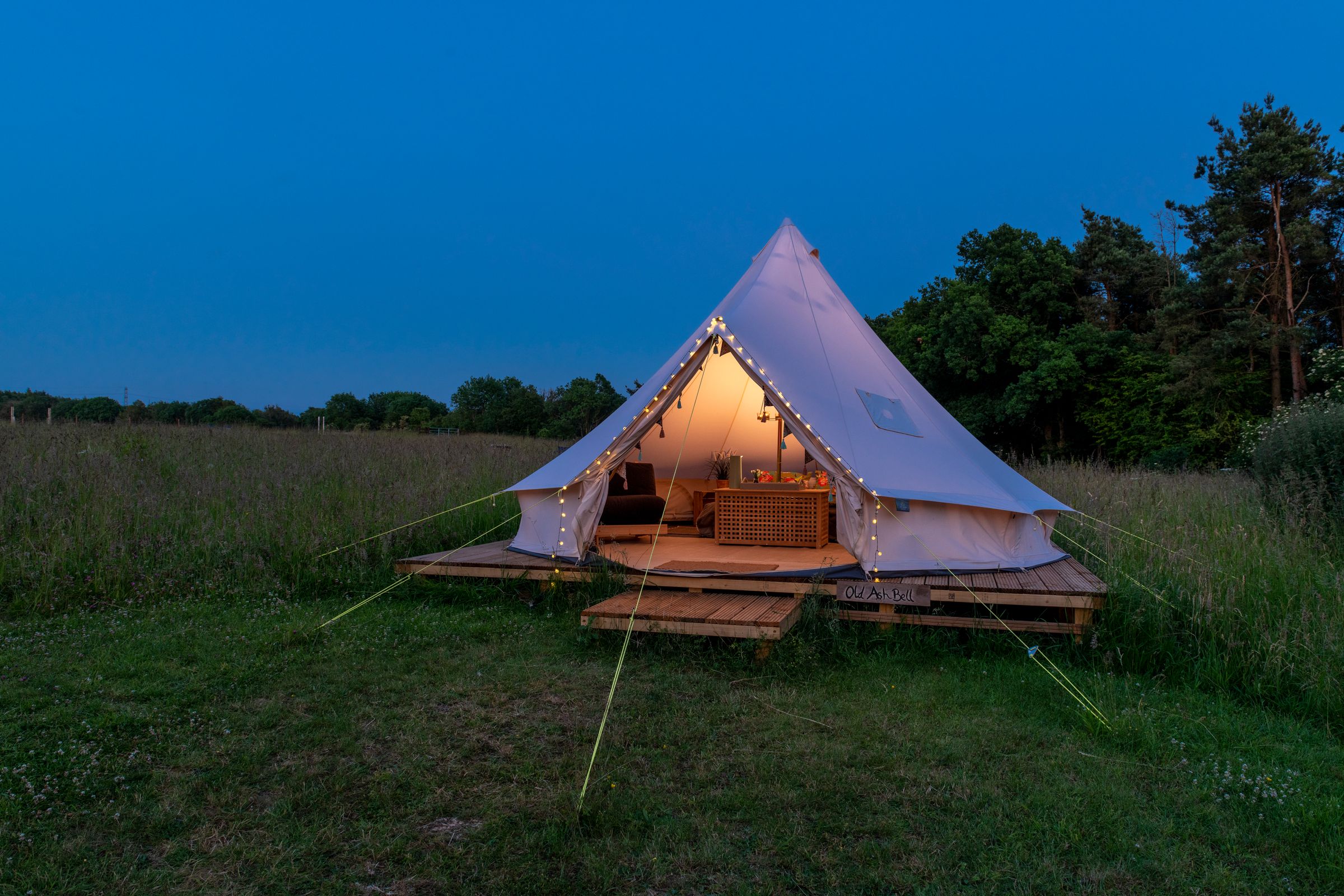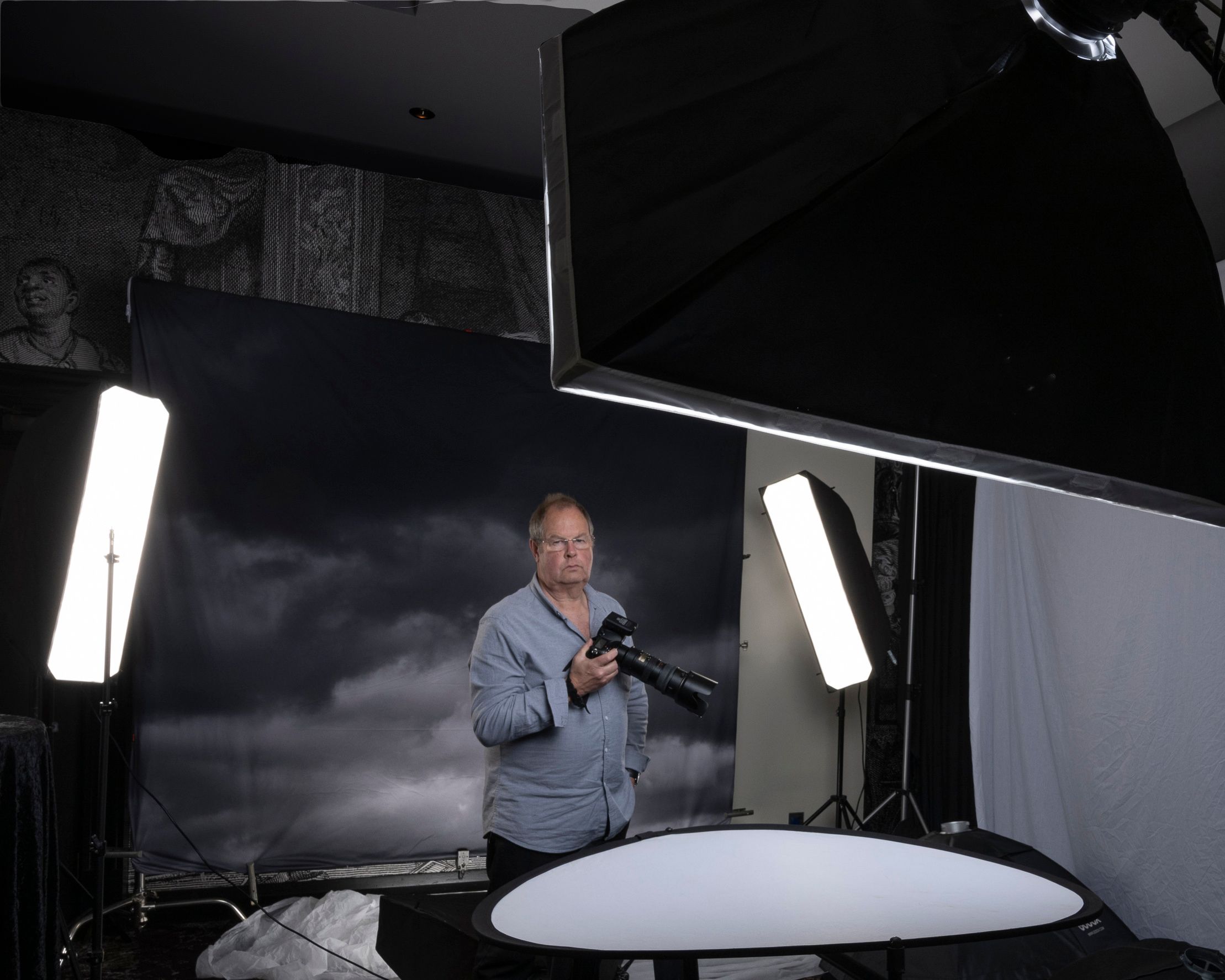What Professional Photographers kit do they use for Headshots?
A simple headshot can be taken with a smart phone, and in the right hands a decent result can be delivered, however if you want a professional headshot that is suitable for all uses, such as your Linkedin profile and printed in a brochure for an annual report, you require an image that is taken on something more serious.
For all the headshots I take for professional use, I shall use a full frame or medium format digital camera. I shall always have a back up body and lens, just in case.
The glass I use is dependant on what the location is, but usually I shall have a prime 85mm or 105mm lens on my FX ( Full Frame) Nikon or at least a 120mm on my Medium format Fujifilm GFX.
I am aware that there are many camera systems that are of a professional standard, Canon, Sony, Lieca & Hasselblad, I have used them all over the years and all shall deliver professional quality results, I am sure that others shall work, but as a professional I stick to a system that I am happy with, I have a collection of all sorts of Nikon glass that I use for specialist jobs, so I try not to swop and change systems unless there is a massive change in spec.
The second body is less critical as its only there as insurance.
I am currently using a Nikon D850 & a Nikon Z7 as back up.
The lens are usually fast but for resolution I prefer the 85mm f1.8 rather than f1.4.
The 105mm f2.8 has macro capability so it doubles up for other specialist needs, but as I also have a Zoom 70mm – 200mm f2.8 – so I am seriously ‘safe’.
All this happily goes into a backpack ( I favour the Peak design 30 litre for ease of access & lightness). I often decant my kit as travel may require airport spec, I use a Rimowa case with an insert, not as easy to access, but secure and approved as carry on with all airlines.
The Lighting is another matter,
I try to keep it ‘light’ (forgive the poor pun).
I use a minimum of three mono-lights, either mains Elinchrom or battery powered Godox or Profoto.
I have experimented with combinations and have also added continuous light to the mix.
The modifiers are a mixture of old and new, my old Chimera soft-boxes are the core of my lighting, from a 9 ft Octabox to lanterns. I usually just take a bagful for headshots, but each shoot has different needs. My go to light is an 4ft Octabox , two strips and two small soft boxes and the ubiquitous lastolite reflectors, silver, black & white.
If the shoot has to be fast and lightweight I also have speed lights ( A mix of Nikon & Godox) with modifiers.
Add to that I require a background, easy Pop up Lastolites, Black, White & Grey are standard, but I have some painted canvas background and custom printed fabric backdrops that I have in the boot, for special projects.
Colerama is something I seldom use unless it’s in a hire studio, but backgrounds for Headshots are part of the visual communication and are important part of some Headshot image – but most just require a neutral mono tone.
I did work on headshot projects back in the 00’s across London, just using just Tube & Taxis, I manage to get all the kit into a backpack, a roller case with speed lights and a stand bag. The background I would improvise, usually a white office wall could be found. The shot I took of Amal Clooney was done with two speed lights and a reflecting Umbrella as well as many of her Barrister colleagues
Headshot photography seems to have entered a new age, many people are requiring portraits for business, maybe this kit list will indicate what someone should expect when they are having a headshot, but it’s the person behind the lens that is the most important bit of Kit, you have to get on with them, and be happy to be in front of all the camera & lighting they have.
How long does a Headshot take? – That is for another day!
Headshots ideally should have time and a controlled environment ,but as we know the world is never perfect, so it the way you adapt to each location that is often the most challenging.
A great liaison from the company and a good schedule




